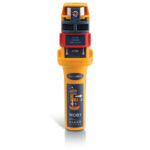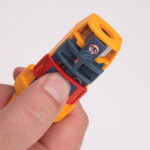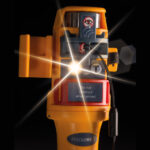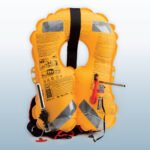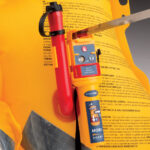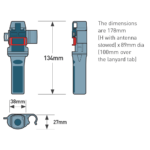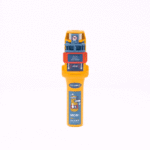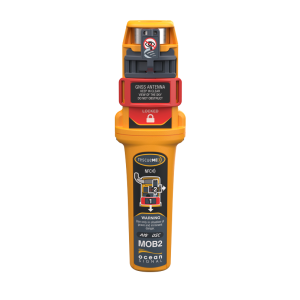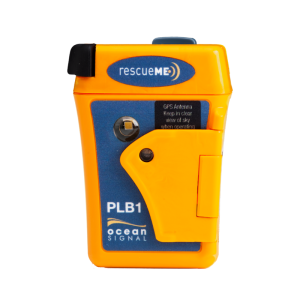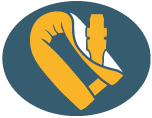
Simple Life Jacket integration*

Fast accurate positioning
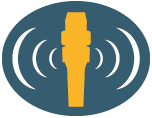
Automatic activation
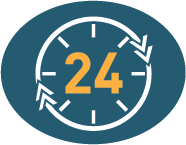
24 hours operational life at -20°C
7 year battery life

High intensity strobe
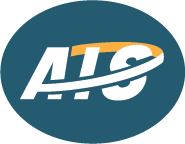
AIS (Automatic Identification System)

5 year warranty†

Integrated DSC transmitter (digital selective calling)*
The best chance of rapid rescue if you fall overboard comes from your own vessel. Your crew needs to be immediately aware of the incident and keep track of your position whilst recovery is carried out. Even in the most moderate of seas it is alarming how quickly a visual sighting of a man overboard can be lost.
Once activated your MOB1 will transmit an alert to all AIS receivers and AIS enabled plotters in the vicinity. The integrated GPS ensures precise location is sent to your vessel and any others that may be assisting.
An additional feature of the MOB1, is its ability to activate the DSC alarm on your vessels VHF, alerting your crew to the situation.
Want to learn about the latest in Class M Requirements for AIS MOB? Click Here
The Ocean Signal rescueME MOB1 is a vital component of any maritime safety kit, engineered to provide rapid response in man overboard emergencies. Compact and lightweight, this beacon integrates seamlessly with life jackets, ensuring automatic activation upon immersion in water. Using AIS technology, it broadcasts your precise location to nearby vessels and onboard navigation systems, facilitating swift and effective rescue operations. With its robust construction, long-lasting battery, and simple deployment, the rescueME MOB1 offers peace of mind for sailors and boaters, enhancing safety on the water and potentially saving lives in critical situations.
Introducing the world’s smallest AIS MOB device with integrated DSC – the rescueME MOB1 from Ocean Signal. The MOB1 is compatible with even the most compact inflatable life-jackets.* The MOB1 is intended to be installed within the life-jacket* and will activate automatically on inflation, sending the first alert within 15 seconds. The MOB1 is waterproof to 10 metres.
The MOB1 communicates with the vessel you have been separated from and other vessels in the vicinity (up to 5 miles range dependent on conditions). To alert rescue authorities, an alternative product the rescueME PLB1 communicates directly via a dedicated search and rescue satellite network. In an emergency rescueME MOB1 provides 2 methods of rapidly communicating your position, accurate to a few metres, back to the vessel, plus providing visual indication via its built in strobe light. The integrated strobe light ensures maximum visibility in low light conditions.
Learn about the upcoming MOB Regulations: Class M AIS
Proudly Manufactured in the United Kingdom
Features:
- AIS (Automatic Identification System)
- Integrated DSC transmitter (Digital Selective Calling)*
- 30% (typ) smaller than competitors
- Automatic activation
- Simple lifejacket integration**
- 7 year battery life
- 24+ hours operational life
- 5 year warranty†
- Fast accurate positioning
Compatibility: Most modern AIS plotters and DSC VHF comply with the standards required to receive MOB transmissions. It is however, especially if you are using older equipment, recommended that you check compatibility with the equipment manufacturer. See the FAQs below for more information.
The MOB1 may be configured by the user to enter the vessels DSC MMSI number* by downloading the software at the link below. The vessel’s DSC number may be programmed multiple times.
* DSC functionality is subject to regulations of country.
** Always refer to the manufacturer for specific instructions before installing this product directly to your life jacket.
† Subject to warranty statement. (Note: When used in commercial applications the warranty period is restricted to two years.)
